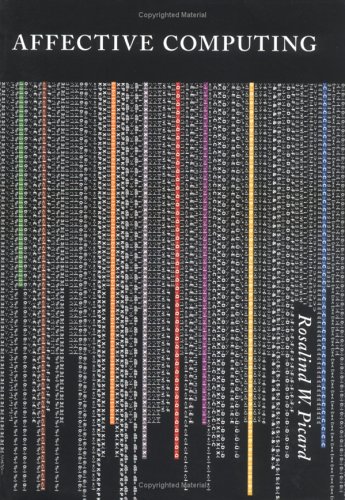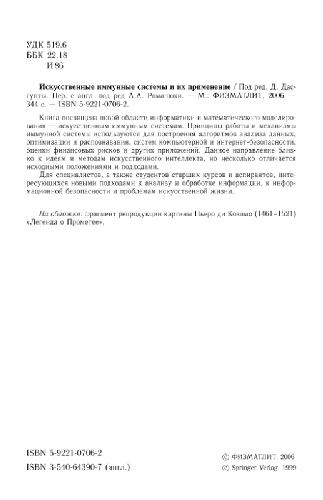Rosalind W. Picard9780262661157, 0262661152
Amazon.com Review As a scientist who works in computer development, Rosalind Picard is accustomed to working with what is rational and logical. But in her research on how to enable computers to better perceive the world, she discovered something surprising: In the human brain, a critical part of our ability to see and perceive is not logical, but emotional. Therefore, for computers to have some of the advanced abilities we desire, it may be necessary that they comprehend and, in some cases, feel emotions. Affective Computing isn’t about making PCs that get grumpy when you enter repeated errors or that may react out of fear like 2001 ‘s Hal or The Terminator ‘s SkyNet; it’s about incorporating emotional competencies that allow computers to better perform their jobs. On the simplest level, this may mean installing sensors and programming that simply allow a computerized system to determine the emotional state of its user and respond accordingly. The book also mentions options such as the ability to include emotional content in computer-moderated communications that work far better than today’s emoticons.
The first part of Picard’s book introduces the theoretical foundations and principles of affective computing in a thoroughly nontechnical manner. She explores why feelings may soon become part of computing technology and discusses the advantages and the concerns of such a development. Picard raises a number of ethical issues, including the potential for misleading users into thinking they’re communicating with another human and the need to incorporate responsible behavior into affective computer programming, along the lines of Isaac Asimov’s famous three laws of robotics. In part 2, the book becomes more technical, although it is still within the comprehension of most laypeople. This section discusses how computers might be designed, constructed, and programmed to allow them to recognize, express, and even have emotions. This book is a solid scientific introduction to a subject that seems like a doorway into science fiction.







Reviews
There are no reviews yet.